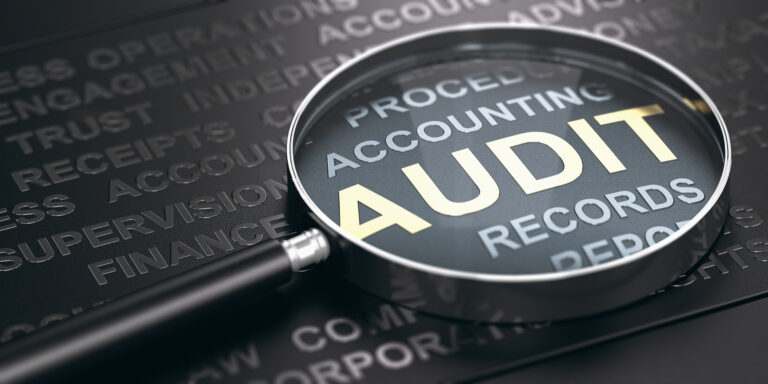5 Steps to Take When the IRS Sends You to Collections
Opening your mailbox to find an IRS collections notice is highly unsettling. Scenarios of potential penalties, interest rates, and credit consequences are probably running through your mind. For most, this moment feels like standing on a financial ledge, and getting the right footing becomes crucial. Undoubtedly, this predicament is intimidating. However, it’s essential to approach it with a strategic and proactive mindset, so we’ve outlined 5 steps to take when facing an IRS collections notice:
1) Promptly Contact the IRS
After receiving a collections notice, it is critical to contact the IRS as soon as possible. The contact information is on the notice you received. You will discuss your situation, learn more about the details of the debt, and discover options for resolution. The government understands that life can sometimes cause significant financial hardships. Therefore, help, such as temporary collection delays, is available. However, this help is not available if the notice is ignored.
2) Understand Your Options
When the collection notices start coming, it can feel like you’re in over your head. However, you have rights, and knowledge is power. Therefore, it’s crucial to familiarize yourself with the IRS’s various options for tax debt resolution. These options include payment plans, applying for hardship relief, and negotiating a settlement. Reading Publication 1, Your Rights as a Taxpayer, is very beneficial. This publication explains taxpayers’ rights and the processes for examination, appeal, collection, and refunds. It will help you choose the best option for your particular financial situation.
3) Gather Necessary Financial Information
Gather the necessary documentation to support your inability to pay the tax debt. Depending on the circumstance, such documentation could include employment documents, bills, and theft or loss documents. It is crucial to compile a comprehensive set of documentation that clearly outlines your financial standing and provides a clear picture of the financial challenges that prevent immediate tax debt resolution.
4) Establish a Plan to Settle the Debt
There are a few options to settle tax debts, and after speaking with the IRS and gathering the necessary financial documents, it’s time to establish your plan. A short-term payment plan is typically the best option for those who can pay their debt in 180 days or less. Another option, if more time is needed, is an installment agreement that breaks down tax debt into manageable monthly payments over time. A third option is the Offer in Compromise (OIC), which allows you to settle your tax debt for less than what you owe based on what you can realistically afford after basic living expenses are accounted for.
5) Seek Professional Advice
At times, life hands us more than we can take on alone. Professional help offers strategies beyond what most people realize exists. Tax professionals, such as tax attorneys or enrolled agents, give you a better chance at navigating the complexities of tax debt resolution and represent you in communications with the IRS.
We Can Help Put the Threat of the IRS Behind You
These steps are crucial when dealing with IRS collections to avoid legal consequences, reduce penalties and interest, verify tax liabilities, protect assets, and safeguard credit scores. Although an IRS collections notice can be stressful, addressing tax debt is doable. Asking for help matters, too. Tax professionals are waiting to assist you and provide answers and knowledge that supersede Google searches. We’ve helped thousands of clients solve tax problems. We are here to help you, too! Schedule your consultation to put the threat of the IRS behind you and move financially forward.





